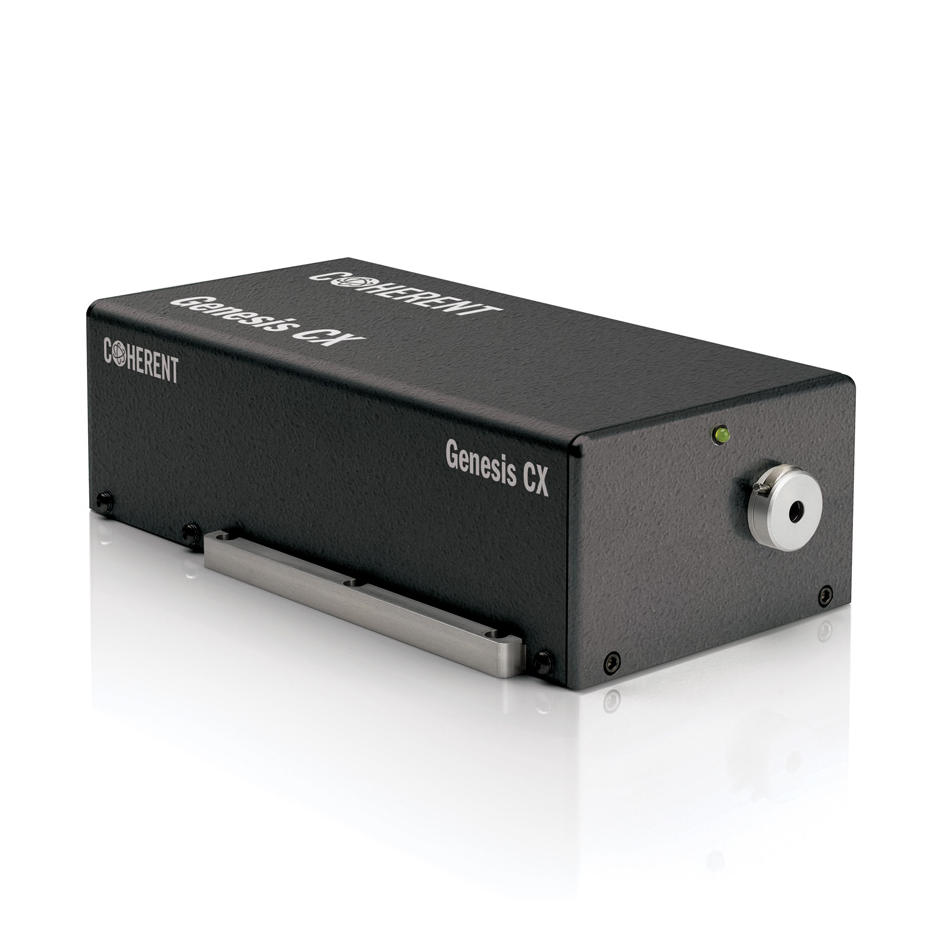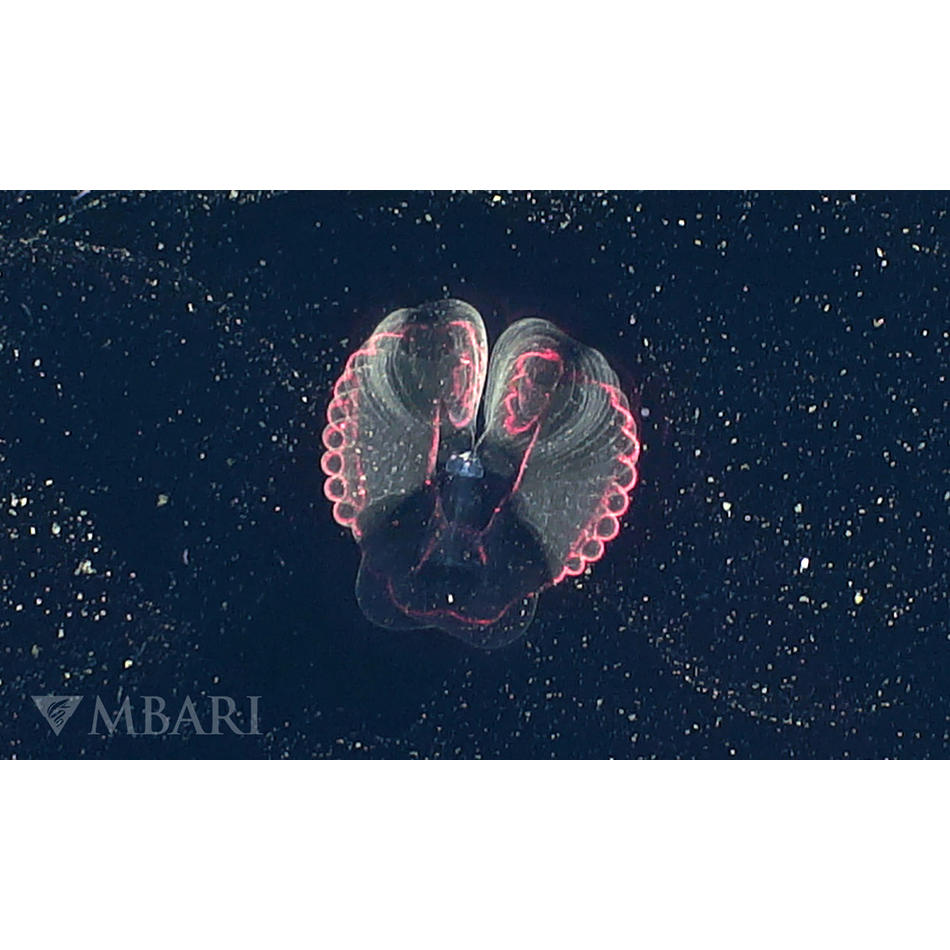Imaging Deep Sea Creatures with Laser Light
MBARI scientists are capturing stunning images of the weird and wonderful creatures found only in the deep ocean.
March 11, 2022 by Coherent

Oceanographers refer to the deep ocean as the region beyond the reach of surface light. It’s usually about 200 meters deep, and it’s a unique and mysterious world that’s cold, dark, and under incredibly crushing pressure.
Yet this rarely seen world is actually full of unusual and amazing creatures. Scientists are only now learning about many of these exotic deep-sea dwellers. They’re trying to answer some of the most basic questions about these animals including what they look like, how they move, and what they eat.
The incredibly hostile and inhospitable environment of the deep ocean creates quite a challenge to answering these questions. Scientists can only actually visit it in the limited confines of small, specialized submersibles (like the vessels that have taken people to view the famous Titanic wreck). Or, they can use remotely operated vehicles (ROVs) to capture some of these creatures and bring them to the surface. But the animals that adapt to these dark waters are often delicate, and bringing them to the surface intact is in many cases not possible.
Shining a light into the deep
A team of scientists and engineers at the Bioinspiration Lab at MBARI (Monterey Bay Aquarium Research Institute) have now created a clever solution to this problem. They’ve developed an instrument that allows an ROV to take a mini-imaging laboratory down into the deep sea. And, we’re proud to tell you that a Coherent red Genesis laser is at the heart of this “DeepPIV” instrument.
Dr. Joost Daniels of MBARI explains, “Red laser light is especially useful for this work because the small amount of light that does filter down into the deep sea is blue or green. As a result, most creatures down there are only sensitive to those colors and are completely blind to red light. This means we can shine the red laser at them and get great images and videos without disturbing their behavior in any way.” And it turns out that the Monterey Bay is a great base for this work because there’s a very deep underwater canyon (Monterey Canyon) just a few miles off the coast – right in their backyard.
Dr. Daniels adds that they chose the Genesis laser because its high power allows them to illuminate a large (55 cm x 30 cm) area brightly enough to capture images at video rates (60 images frames a second). In addition, its smooth, round, and stable beam made it easy to couple the light into an armored fiber optic cable which leads it out of the equipment’s protective waterproof housing. And, of course, they needed a laser that was robust and reliable enough to handle being moved and jostled, and which could withstand the temperature swings between the surface and deep ocean environment. The team don’t ever want to have to scrub a mission due to laser failure.
Seeing fantastic beasts
You don’t have to be a marine biologist to appreciate the beautiful and crisp images that DeepPIV is returning, and the amazing creatures it’s revealing. Some of these deep-sea dwellers have delicate mucoid structures. These are extended “wafts” of mucous produced to capture food and help them avoid predators. The image here is a typical example, captured at a depth of around 230 meters. But that’s barely a challenge for DeepPIV, which is rated for depths up to 4000 meters. The pressure at that depth is over 400 times greater than on the surface.
It has been said that human beings have explored more of outer space than the oceans of our own home planet. Indeed, space is often a more hospitable place than the deep sea, especially for electronics and imaging equipment. Despite exceptionally adverse conditions, reliable lasers like the Coherent Genesis are now helping scientists shine a light into this alien environment. And they’re doing it in a way that doesn’t disturb the fantastic beasts that dwell there.
Related Resources



